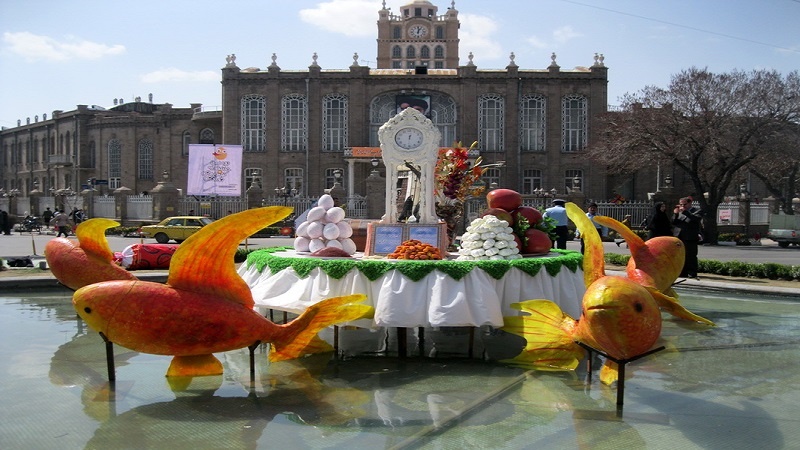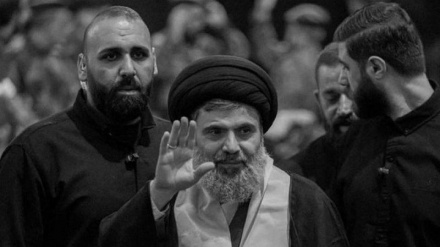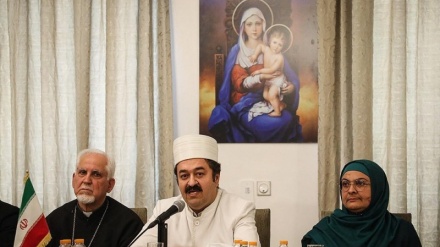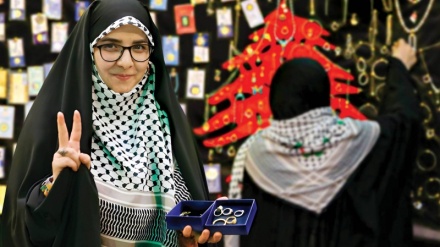Nowruz in Travelogues (2)
As a reminder, it was mentioned that Nowruz attracts every foreigner who comes to Iran as to stay for a short time or to live here for years. Last time we spoke very briefly on two travelogues about Nowruz in Iran. Today we are going to mention the views of other travelers in their travelogues.
Carsten Niebuhr was a German explorer, mathematician and cartographer in the service of Denmark. He was the only European who traveled to Iran during the reign of Karim Khan Zand. Moreover, he was the first person who studied and examined Takht-e Jamshid (Persepolis) closely and studiously although Chardin and others had already conducted research on the issue. Carsten Niebuhr visited Shiraz, Takht-e Jamshid and Bistun and in 1762 drew the most exact map of the Persian Gulf region. This German explorer entered the Iranian soil via Bushehr and, instead of using the common road, took a long side-track to Shiraz. Then, he went to Takht-e Jamshid and, after taking samples of the sculptures and scripts, he returned to Bushehr and left Iran via Kharg Island. Carsten Niebuhr lived among the people of villages around Takht-e Jamshid and what he has written in his book are the observations of the villagers' everyday life. He writes on Nowruz:
"The Iranians' Nowruz is the day which has existed in the ancient time. On March 20, villagers had worn better clothes and didn’t work on this day. Wearing better clothes and refusing to work were the only signs that this day is the feast. In the days of feast, many farmers and girls from the neighboring villages came to Takht-e Jamshid on donkeys or on foot. Perhaps, they wanted to promenade in Takht-e Jamshid or see the foreigner who had come there."
Akiyo Kazama was the first Japanese plenipotentiary minister in Iran in 1925 and lived in Iran for nearly three years. He was fond of the Iranian culture and civilization. He studied the Iranian history, art and literature. Akiyo Kazama loved Hafez, Khayyam and Ferdowsi and wherever he traveled he would take notes and then published them upon his return to Japan. Kazama's travelogue is interesting as it makes us familiar with a scholastic politician's view on Iran. During his stay in Iran, Kazama traveled to different cities and in refers to the past record of the regions that he visited. For instance, when he had gone to Isfahan, he gives a detailed description of Aali Qapu palace, besides the sitting on the throne of Shah Abbas Safavid on Nowruz and watching the famous Iranian game of polo. This Japanese scholar and politician writes, "The noise and congestion of the feast days and the shows on streets usually takes us to the cannon square. Especially on the Iranian Nowruz, during the Vernal Equinox and Eid Qorban, all people of the city put on new and adorned clothes and the elderly, the youths, men and women set out. The Iranian calendar is based on the solar year and this year begins with spring and ends with winter. In this calendar the chaos and mistake in seasons that occur in other countries will never happen. The New Iranian Year begins in march when birds start singing and flowers of every species blossom. In the eve of March 21, the Shah of Iran would invite all foreign plenipotentiary ministers to a luxurious feast in the palace. In the New Iranian Year, which is called Nowruz, people in the cities and villages wear new clothes and are happy. In the morning of Nowruz, he Shah, inviting all statesmen, commanders and domestic and foreign officials to the palace, holds the greeting ceremony. The Nowruz greeting custom has remained since ancient Iran. The Shah shakes hand with every official and gives them a gold minted coin as Eidi. I, also, took a gold coin with the Shah's image minted on it."
James Justinian Morier was a British diplomat and author. He came to Iran in 1808 with his father, Harford Jones-Brydges who was Britain's special envoy. He worked as secretary at the embassy and lived in Iran for nearly six years. James Morier claims that he has explained his experiences in Iran in simple language. He writes on Nowruz,
"On March 21, the beautiful morning became exhilarating with three cannon shots for the honor of Nowruz. This feast is an ancient Iranian feast. The rich send things for the poor. Everybody wears new clothes and they open the doors of homes for guests. Religious, musical, dramatic and sport groups carry out collective games and entertainments. Even the dead are not forgotten. Nowruz is the beginning of spring. It is one of the greatest Iranian feasts. People go to visit each other and while hugging each other they exchange they congratulate the coming of Nowruz like we in Britain that congratulate our friends the Christmas. The presents that the Shah gives are expensive. He sends 'Khal'at' (honorary attire with a shawl trimmed with gold) and sometimes he sends them a horse adorned with a saddle and trappings. Moreover, the Shah gives ample money to his near ones at the public court. There was a big dish full of gold and silver coins. The Shah would take handfuls of coins and pour it in the hand of the lucky person who would extend his hand."
RM/ME



